Feelings are complicated. Sometimes, you may feel two emotions at once like happiness tinged with guilt or anger masked as sadness. Other times, you’re just blank, unsure how you’re feeling or how to deal with it. In such moments, naming your emotions can be a powerful first step toward understanding them.
That’s where the feelings wheel comes in. It’s a simple but transformative tool that helps you decode what’s happening beneath the surface, giving you the language and clarity to navigate your emotional world.
What is a Feelings Wheel?
A feelings wheel is a visual diagram used to help people identify, understand, and name their emotions more accurately. Originally developed by psychologist Dr. Gloria Willcox, the wheel was designed to increase emotional awareness by organizing emotions from core feelings into more specific variations.
At the center of most feelings wheels are basic emotions such as joy, anger, fear, sadness, disgust, and surprise. These core feelings branch out into more nuanced layers. For example, "anger" might lead to emotions like "frustrated," "jealous," or "bitter." This layered approach helps users go beyond surface-level emotional labels and explore what's going on internally.
The idea is simple: when you name an emotion, you can manage it better. Naming gives you clarity. And with clarity comes choice how to respond, how to cope, and how to communicate what you need.
The concept can also be linked to the wheel of fortune as feelings where just like a spinning wheel lands on a random fortune, our emotions can shift quickly and unexpectedly. The feelings wheel helps you track and understand this ever-changing emotional landscape.
How to Use a Feelings Wheel
While it may look like a colorful chart at first glance, it’s a deep self-reflection guide if used mindfully.
Here’s a step-by-step guide to using a feelings wheel effectively:
1. Pause and Observe
Whenever you are feeling overwhelmed, confused, or even emotionally numb, the first step is to pause. This isn’t about solving the problem it's about recognizing that you're experiencing an emotion that needs your attention. Open your feelings wheel, take a few breaths, and get ready to reflect.
2. Start with Core Emotions
Look at the center of the feelings wheel you will find broad categories like anger, fear, joy, sadness, disgust, and surprise. Ask yourself, which of these do I resonate with right now?
Don’t rush. You might identify more than one, and that’s okay. Emotions can overlap. What’s important is to start somewhere.
3. Move Outward to Find Specific Emotions
Once you’ve identified a core emotion, trace outward to find the more specific version of that feeling. The feelings wheel starts with big emotions like joy, fear, or sadness in the center. But to understand how you feel, move outward to find more specific emotions. For example:
-
From fear, you may find emotions like "anxious" or "insecure."
-
From joy, you may discover you’re feeling "content" or "hopeful."
-
From sadness, you may notice "lonely" or "discouraged."
This process is like spinning the wheel of fortune, as feelings, you land on what’s going on inside. The more specific you get, the easier it is to handle your emotions the right way.
4. Reflect and Ask Why
Most of us react to emotions impulsively snapping when angry, withdrawing when sad, or avoiding when afraid. The feelings wheel creates a pause between the emotion and the reaction. That pause is where growth happens.
Once you’ve identified your specific emotion using the wheel, ask reflective questions:
-
Why am I feeling this way?
-
What triggered this feeling?
-
Is this emotion based on facts or assumptions?
The more precise your understanding, the more intentional and healthy your response becomes. For instance, recognizing that you're not just “anxious” but “insecure” about a new role can help you seek reassurance or mentorship rather than bottling it up or overworking.
5. Channel or Communicate Your Emotion
Now that you've identified and reflected on the emotion, ask yourself what you need. It might be:
-
Space and silence
-
A conversation with a trusted person
-
A journaling session
-
A change in environment
-
Or maybe just self-compassion
If you're in a relationship or at work, using the feelings wheel can improve how you communicate your emotional state. Instead of saying "I'm fine" or "I'm upset," try: "I'm feeling overwhelmed and insecure because I didn’t feel heard in that meeting."
6. Integrate It Into Daily Journaling or Check-Ins
Emotions don’t exist in a vacuum. Use the wheel of fortune as a feelings idea to visualize how your mood spins and shifts across days, weeks, or months.
Like physical health, emotional awareness improves with daily practice. Use the feelings wheel during your morning routine, after a tough conversation, or at the end of your day. Simply take 5 minutes to:
-
Check in with yourself
-
Identify your emotion using the wheel.
-
Write down what led to it and how you responded.
This process helps you track emotional patterns over time and develop a stronger emotional vocabulary.
Keeping a journal alongside the feelings wheel can help you track emotional trends, triggers, and healing progress over time.
It’s also a valuable tool for therapists, coaches, or relaxation devices like NeuroVIZR to help others open up during one-on-one check-ins.
Types of Feelings Wheels
While the classic feelings wheel by Dr. Gloria Willcox is the most widely recognized, there are several other types of emotional wheels designed to fit different needs and levels of emotional literacy.
Here are a few notable types:
Classic Feelings Wheel (Dr. Gloria Willcox)
-
Best for: Beginners and everyday use
-
Structure: 6 core emotions at the center, expanding into two outer rings with more nuanced emotions
-
Use: Great for personal journaling, therapy, and emotional check-ins.
This is the most commonly used version and is perfect for people who want a quick yet deep emotional analysis.
Plutchik’s Wheel of Emotions
-
Best for: Academic or clinical use
-
Structure: 8 primary emotions (joy, trust, fear, surprise, sadness, disgust, anger, and anticipation) arranged like petals in a flower
-
Unique Feature: Shows emotional intensities (e.g., joy → serenity → ecstasy) and combinations (joy + trust = love)
Plutchik’s model treats emotions as dynamic systems that can combine and intensify, aligning with the idea of a wheel of fortune as feelings, constantly in motion and layered.
Therapeutic Feelings Wheels
-
Best for: Trauma recovery and mental health support
-
Structure: Includes emotions like “triggered,” “numb,” “safe,” “grounded,” and “validated”
-
Use: Often used in therapy with individuals navigating complex trauma, depression, or anxiety.
These wheels help people who may struggle to access or name their emotions due to past emotional suppression or trauma.
Children’s Feelings Wheels
-
Best for: Young kids or emotional education in schools
-
Structure: Simplified words and facial illustrations (e.g., happy, sad, mad, scared)
-
Use: Helps build emotional vocabulary early on
Choosing the right wheel depends on your needs. If you're just starting, go with the classic. If you want to dig deeper, Plutchik’s model offers more complexity.
Unwind your thoughts. Reset your brain. Experience neuroVIZR.
The wheel of fortune as feelings helps you recognize and understand your emotions, but sometimes simply knowing what you feel isn’t enough. To truly release stress and regain balance, your brain needs support to calm down and reset.
The neuroVIZR device provides that support by using soothing light patterns and immersive soundscapes delivered through a wearable headset. Controlled by an easy app, it helps guide your brain into relaxed, focused states reducing anxiety and mental clutter so you can process emotions more clearly and feel more centered.
Disclaimer: neuroVIZR is a wellness device created to promote relaxation, focus, and overall brain wellness. It is not a medical device, does not provide diagnoses, and is not intended to treat, cure, or prevent any medical condition. The device is not suitable for individuals with epilepsy. Experiences and results may vary from person to person.






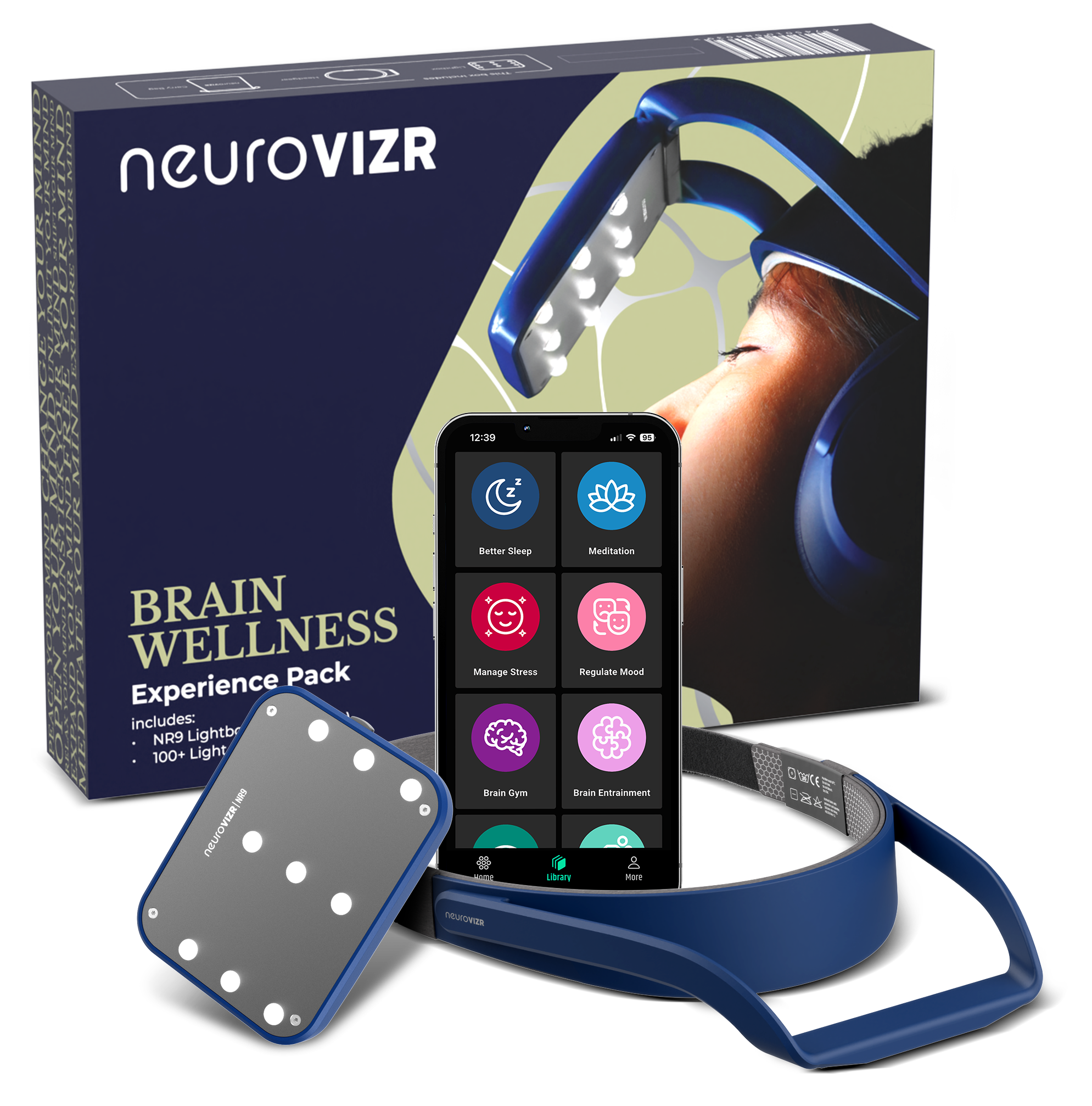


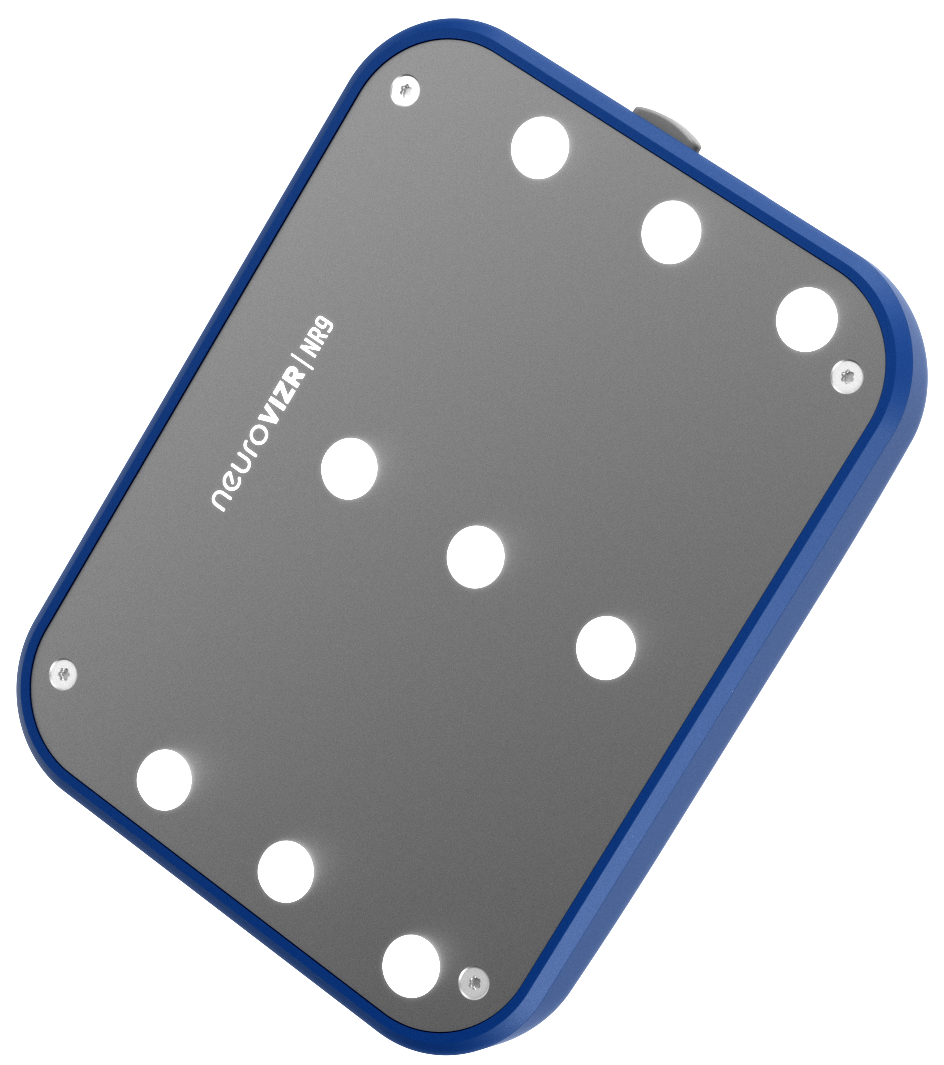
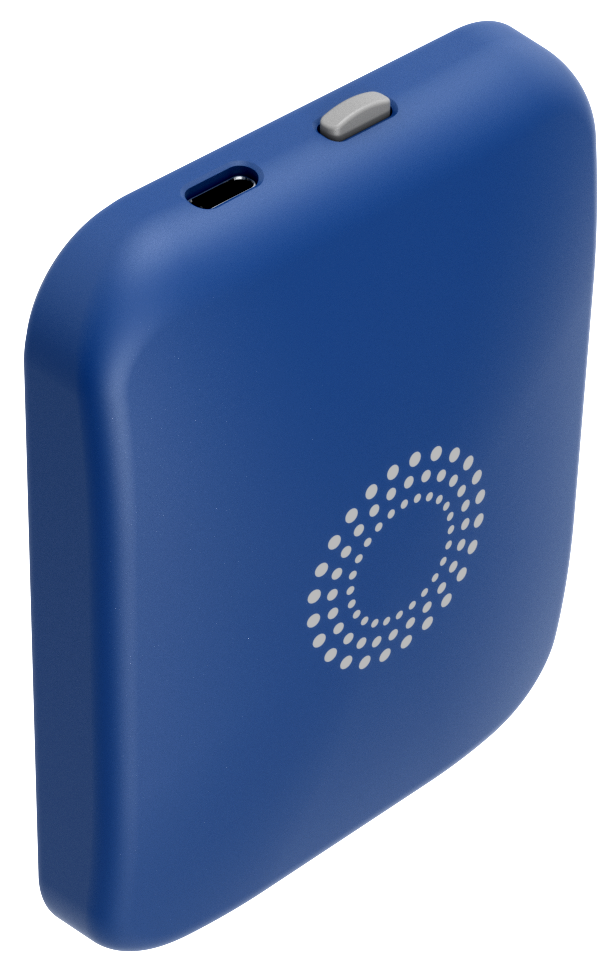
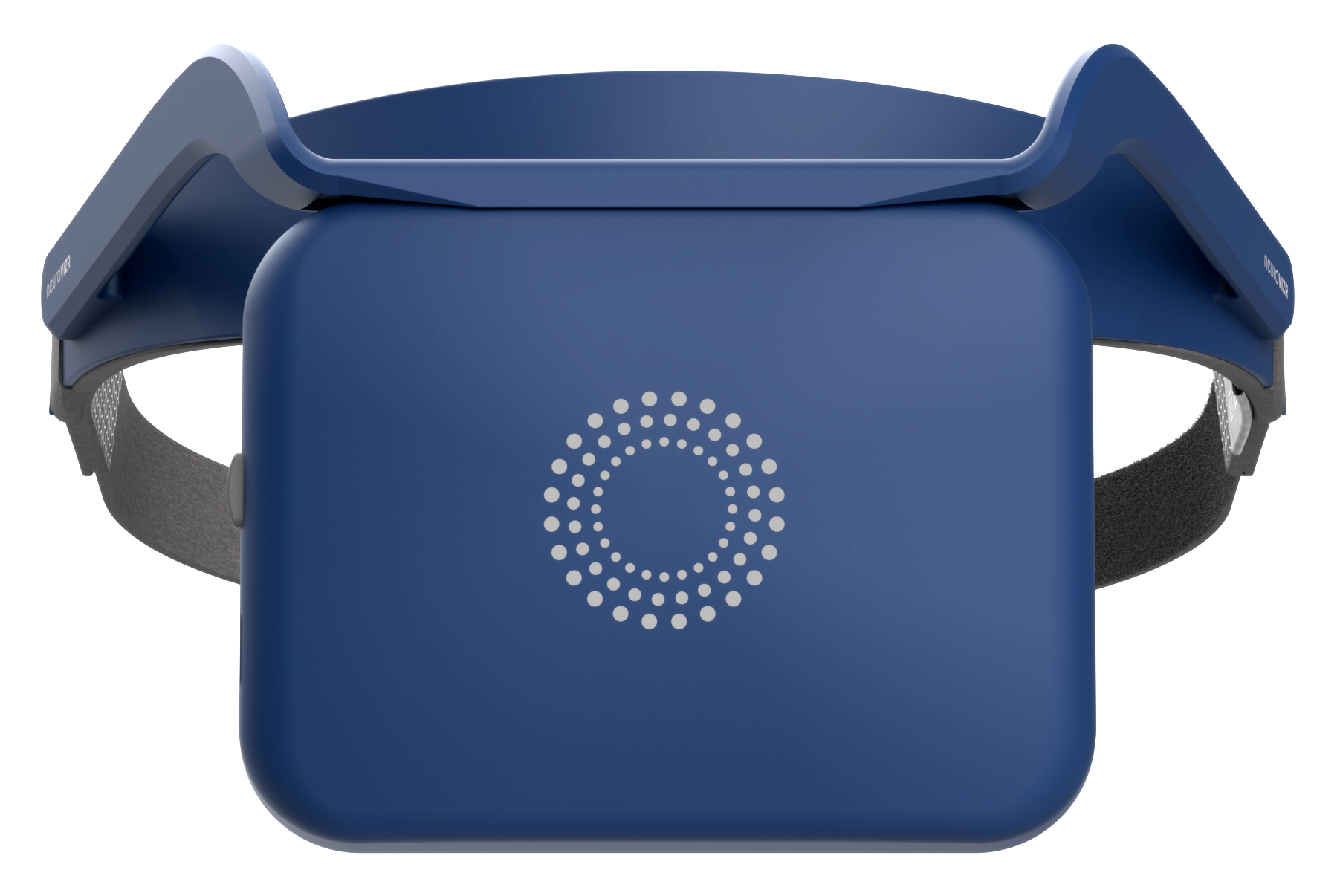
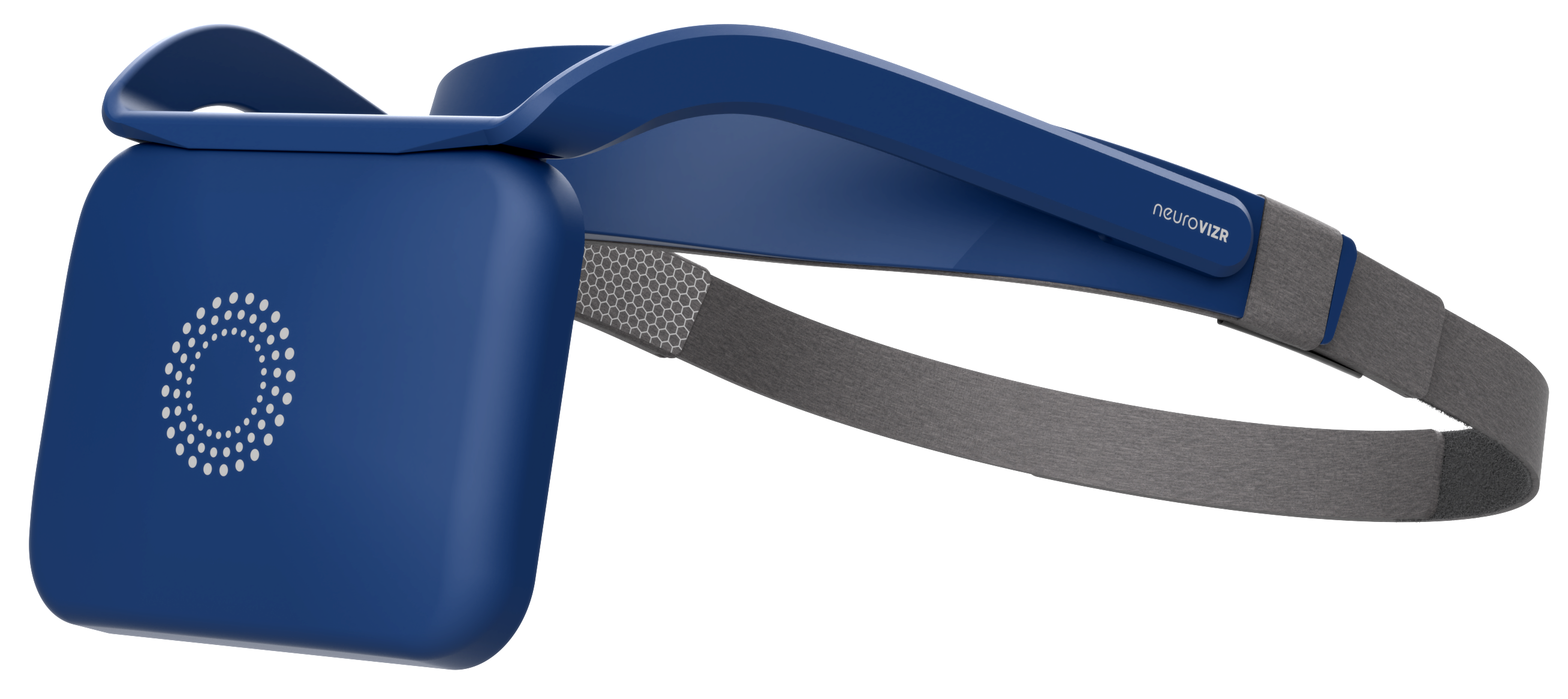
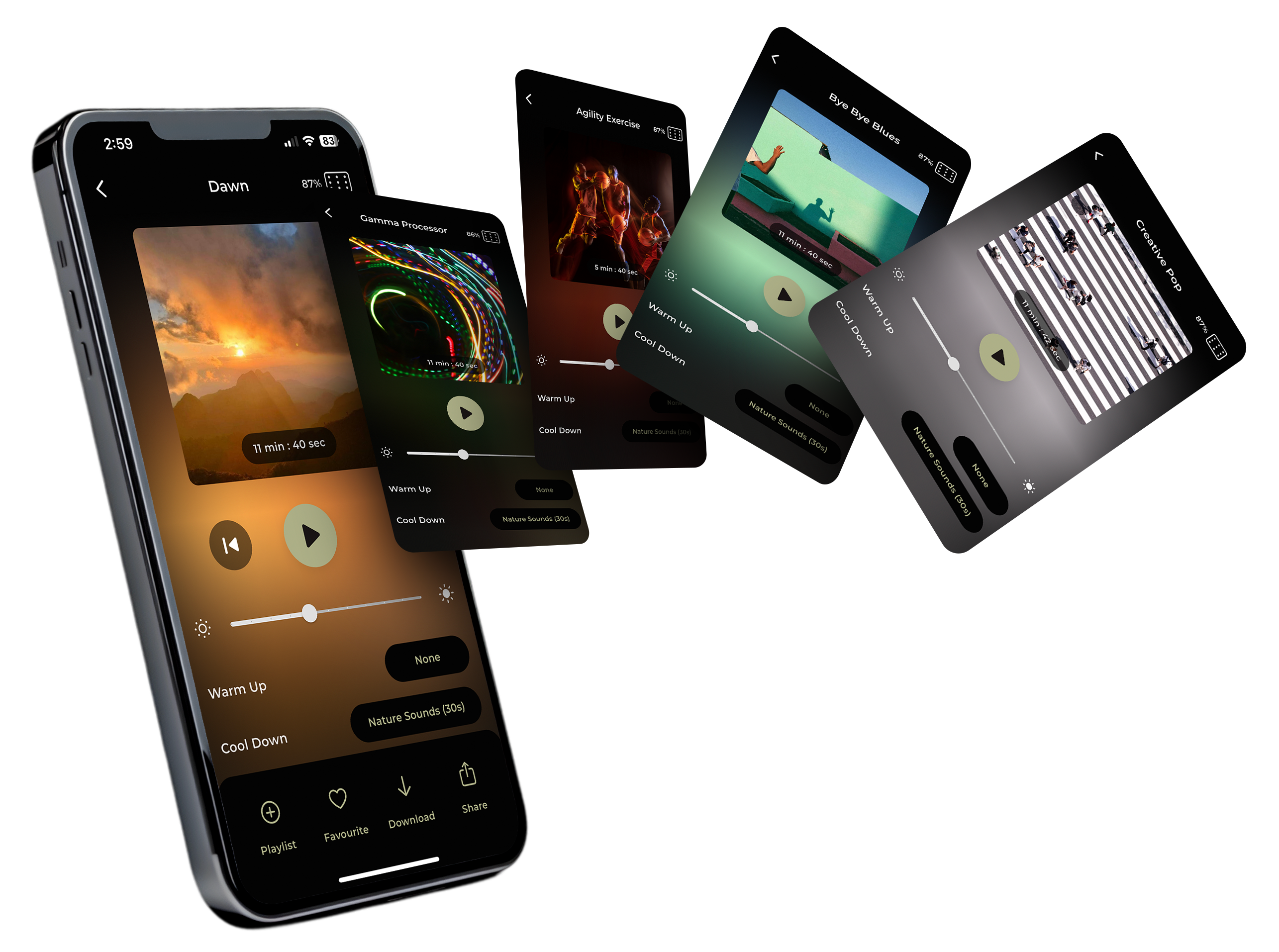
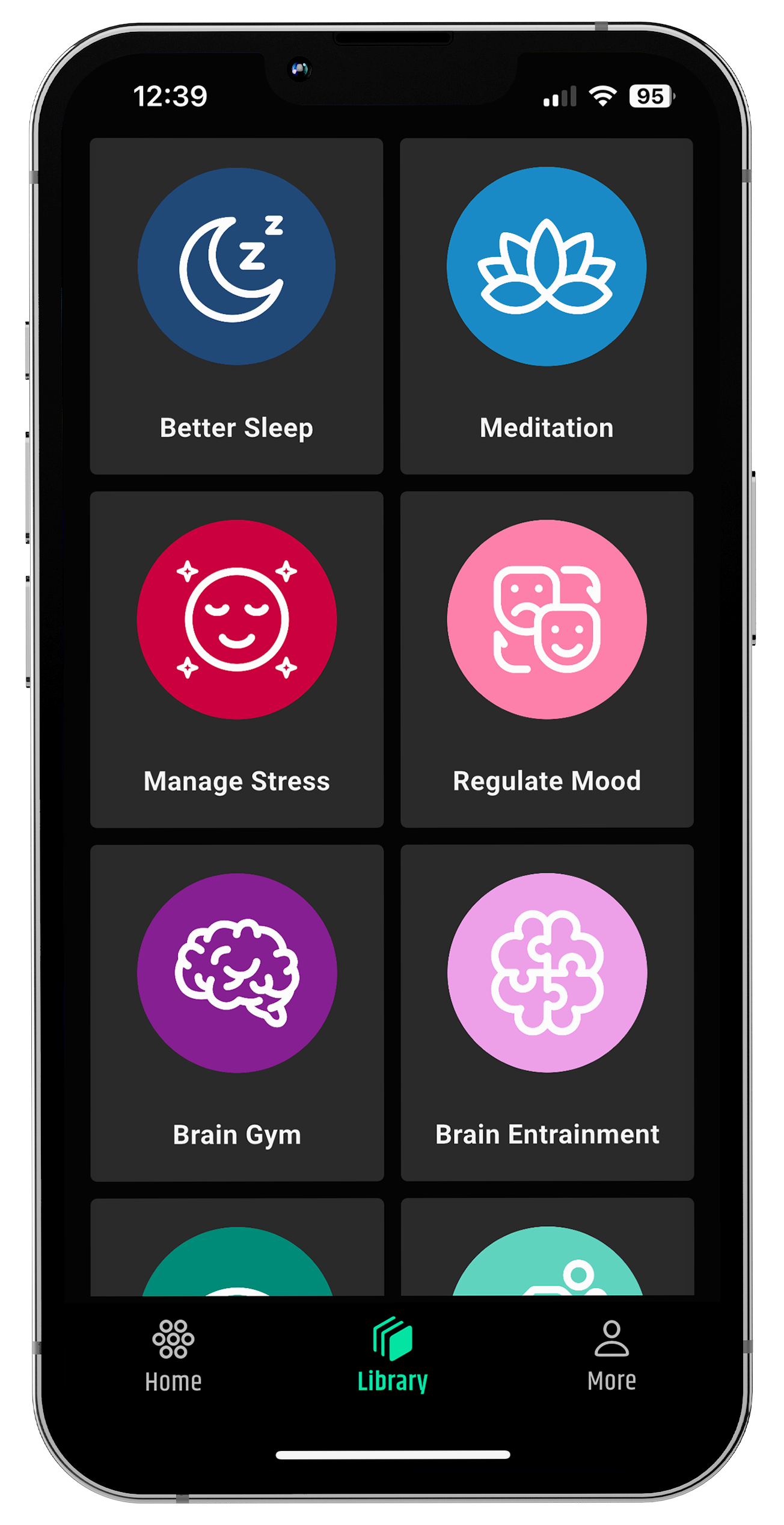
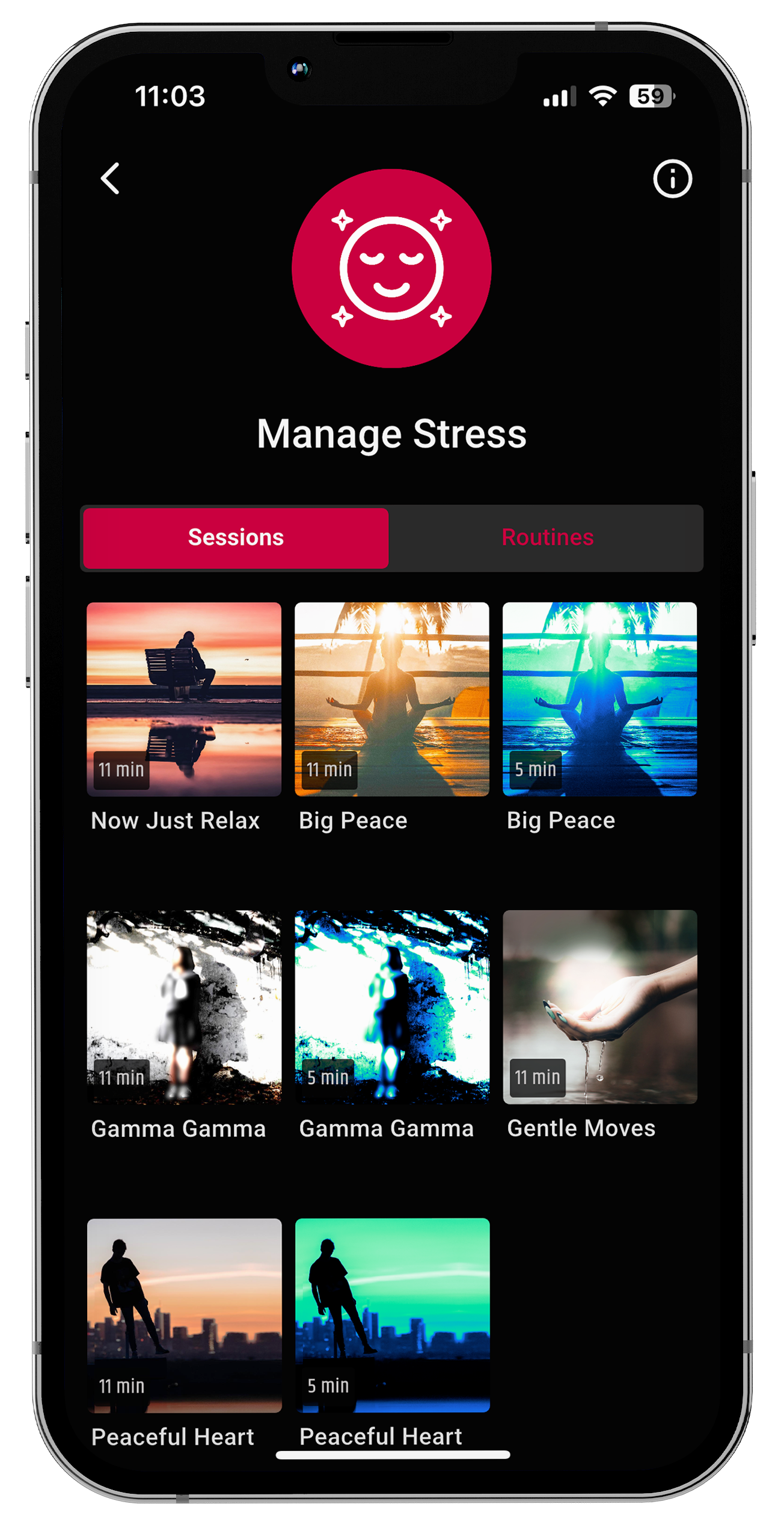
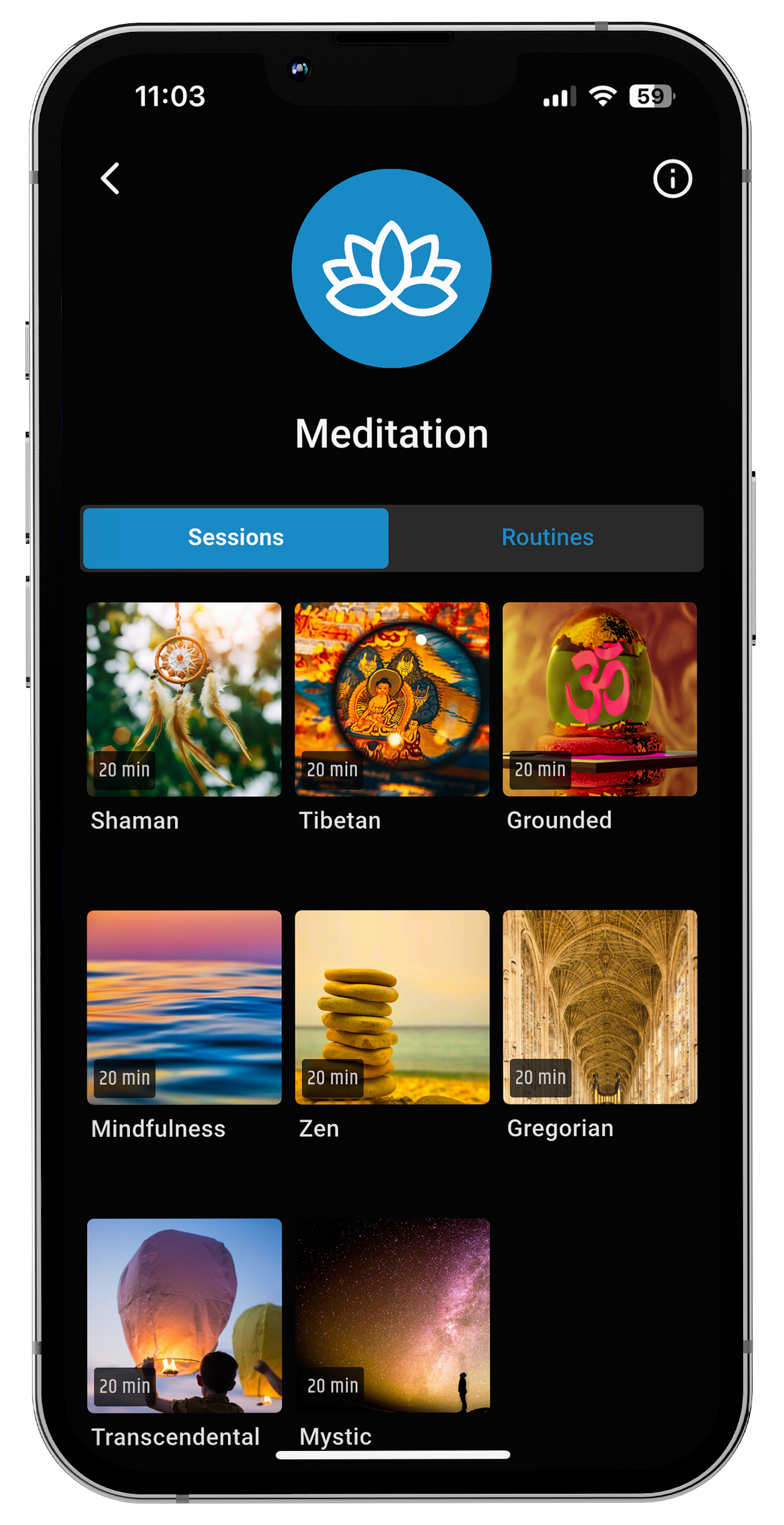

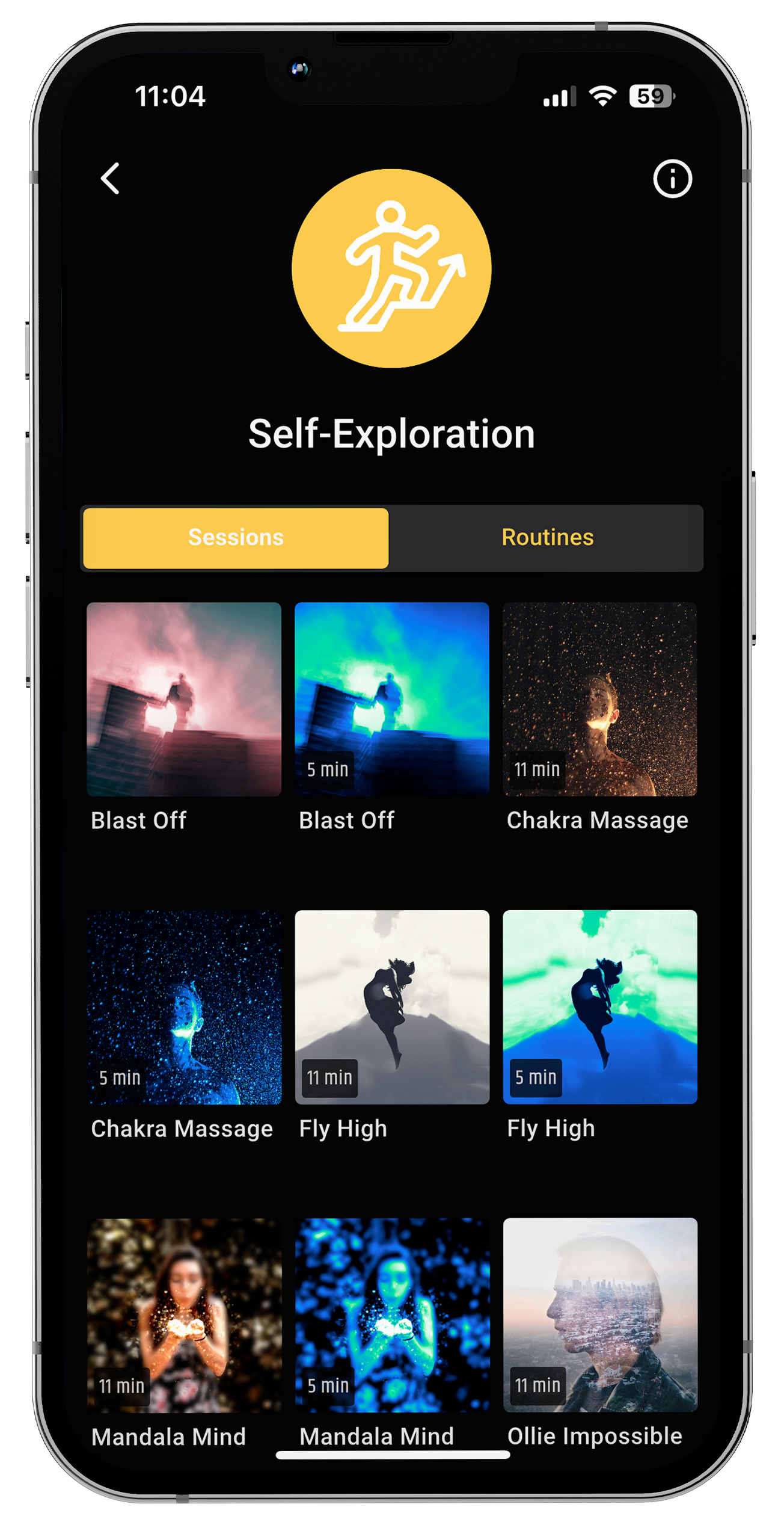
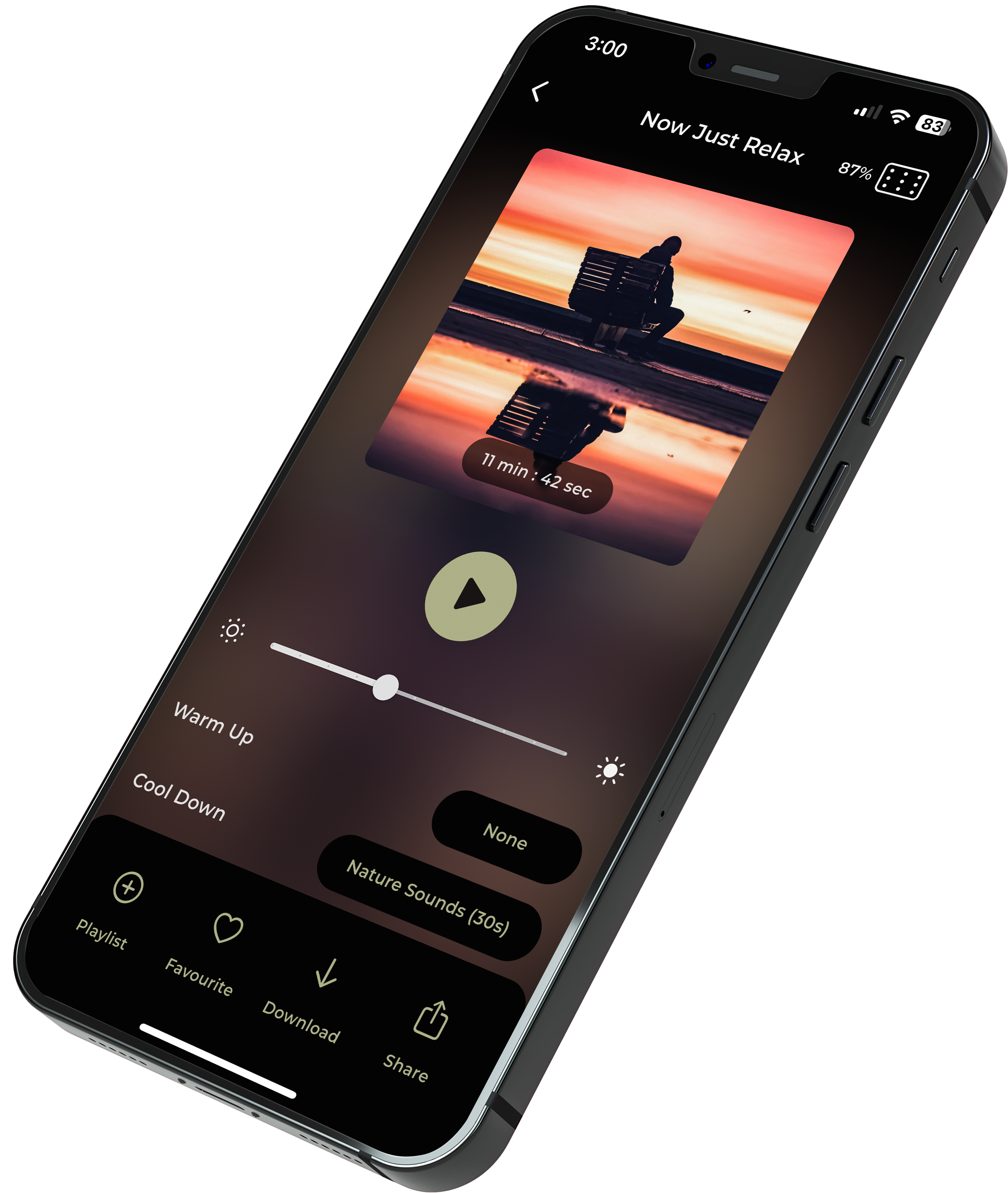








Share:
How to Stop Dissociating: Grounding Tips for Emotional Awareness